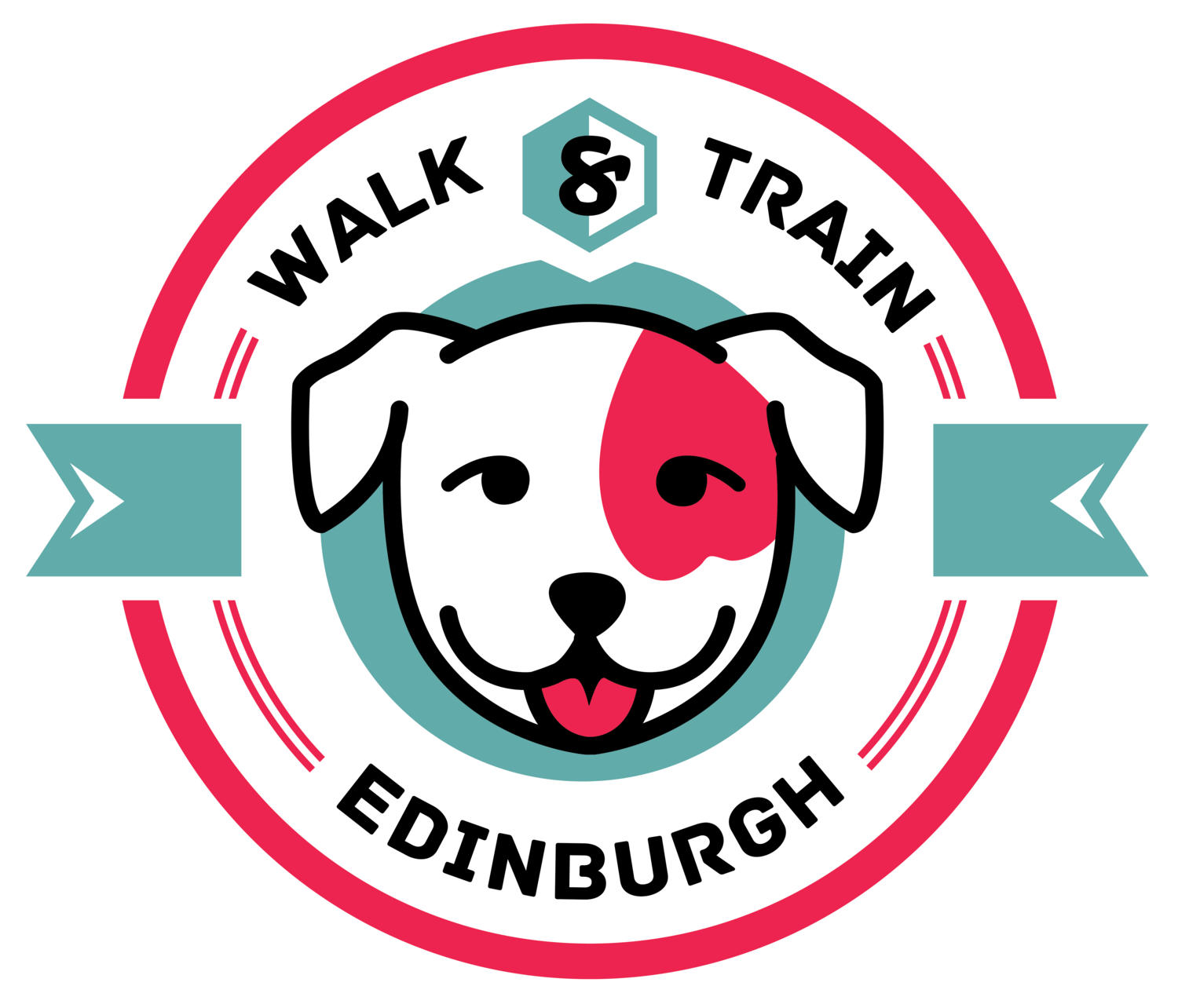Frustration Tolerance
This is a follow up to our post on Frustration. So if you are reading this, you are probably struggling with leash reactivity towards other dogs. I am a firm believer in always giving the dog a good training foundation before tackling the main problem. If seeing another dog is the most difficult situation for your dog to keep its cool in, you don’t want to be throwing your dog into the deep end. Start working on all other situations which elicit a similar response in your dog, and slowly build it up to the bigger challenges.
A great way to build up your dog’s tolerance for frustration is working on your dog’s impulse control. That is, their ability to hold themselves back, and (ideally) wait calmly and patiently when faced with something they want. If you have been following our advice on relaxation and rewards, your dog should already be calmer and less impulsive.
The protocol is simple: whenever you have something that the dog wants, such as food, a toy, or going outside - teach the dog sit patiently before it is released. At first, it may only be for a short second. Then, slowly increase the duration. In situations where the dog would usually move forward (similar to when the dog wants to run towards another dog), it must now hold itself back in order to gain access. At the same time, these exercises reinforce calmness and eye contact. Check out our video here for examples.
You can also improve your dog’s impulse control by teaching it to stay in a dog bed until it is released. Start practising in a calm and quiet room, and slowly build up the distractions by having your dog stay in the bed while you are having dinner, and eventually when people are coming over. Again, the dog is learning that even if it wants to run up and greet the guests, it has to hold itself back and wait patiently until it is invited.
Finally, you can use playtime to run your dog through commands, and teach your dog to hold a sit or down stay while you throw a toy. Release the dog to the reward when it makes eye contact. You can use the same exercise but throw treats instead if your dog is very food motivated.
To make sure that you are teaching the dog to cope with frustration rather than building frustration, keep the training sessions easy and short, and build up the difficulty at a slow pace. Make sure to also provide outlets for any built up stress or frustration, such as playing tug or giving the dog a bone to chew on.

